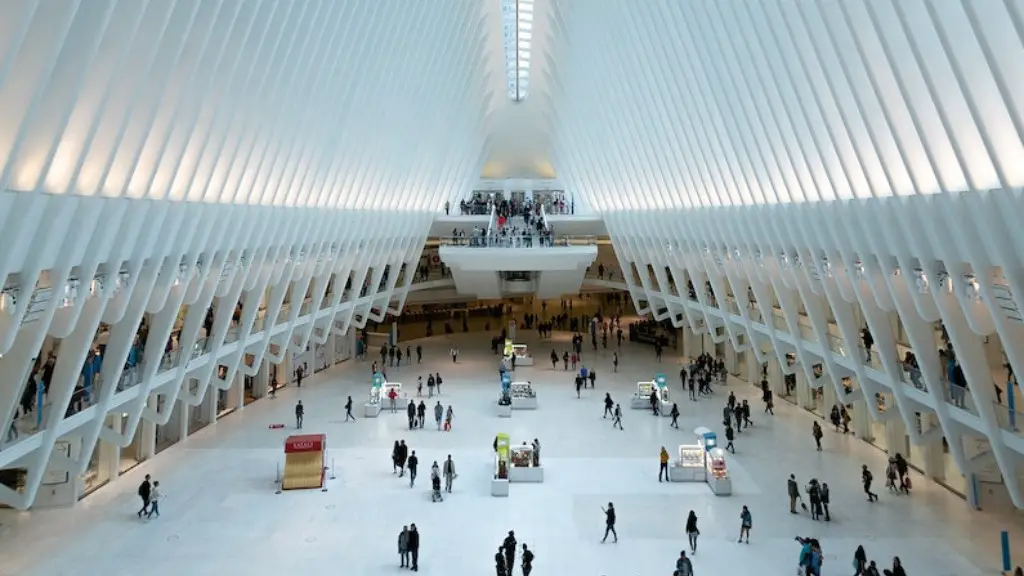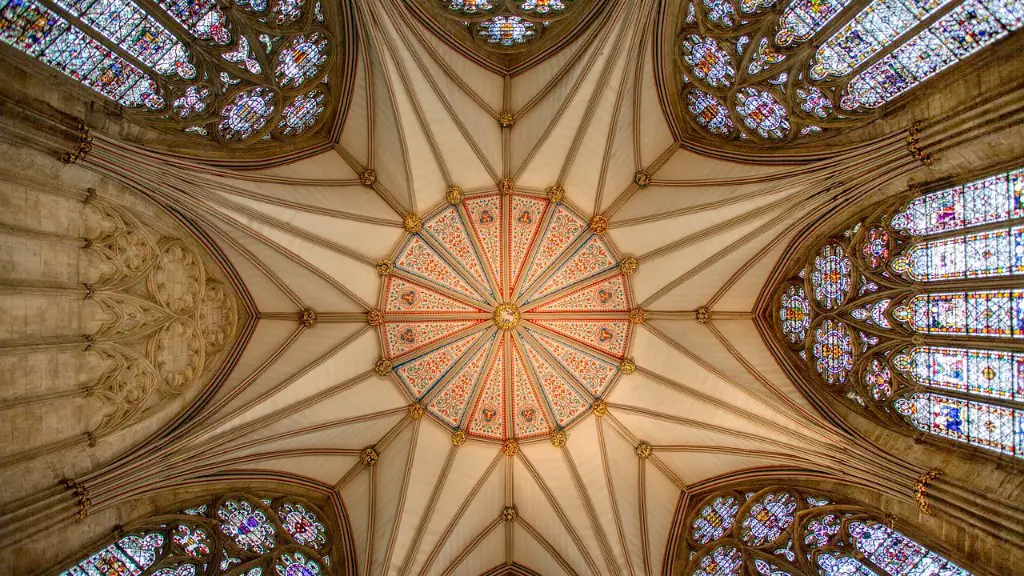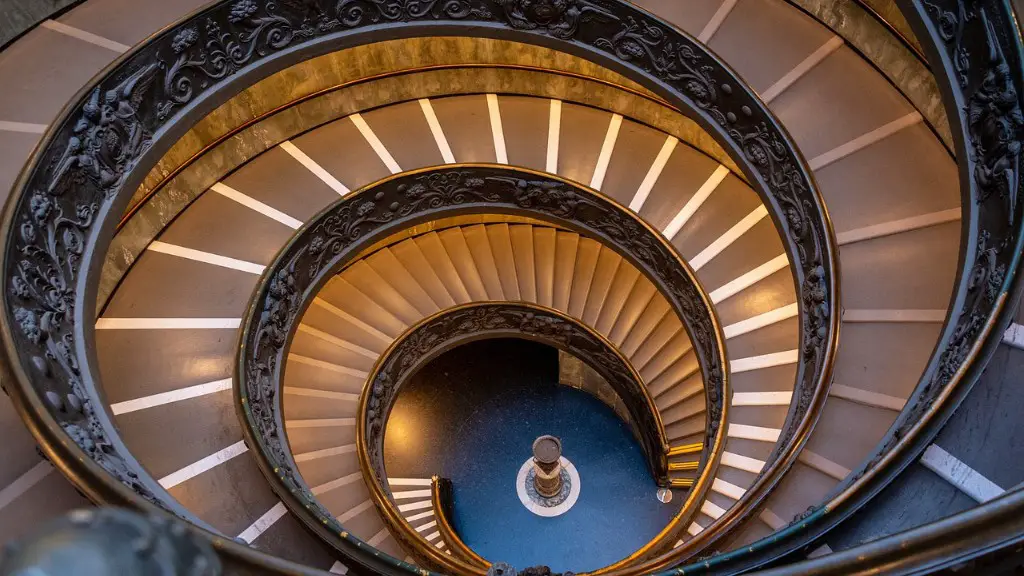What Is Architecture?
Architecture is the art and practice of designing, creating and constructing the built environment. It is both the process and the product of designing, planing, constructing and interpreting both the aesthetic and the functional requirements of a built space. Architecture creates physical, cultural and spiritual spaces that express human values and aspirations.
Architecture can be divided into many categories, including residential, public, and commercial. Residential architecture includes the design of single-family homes, townhouses, apartments, and other dwellings. Public architecture includes government buildings, museums, libraries, and other public institutions. Commercial architecture includes office buildings, shopping centers, and other types of commercial spaces.
Architecture is a form of visual communication and it is not merely about building structures. It is about creating a built environment that reflects the values and ideals of the people who inhabit it. It is also about creating a sense of place, a sense of belonging, and a sense of safety. Architects strive to create beautiful, functional, and sustainable spaces that can be appreciated by all.
Why is Architecture Considered an Art?
Architecture is considered an art because it is an expression of creative vision. Architects create beautiful, functional and sustainable spaces by interpreting the needs of their clients and creating a design that reflects those needs. Architecture requires a combination of the technical, aesthetic and practical elements of design, as well as an understanding of the needs of the people who will inhabit its spaces.
Architects use a variety of tools and techniques to create their designs, including drafting, drafting software, 3D modeling, and computer-aided design systems. These tools give architects the ability to create innovative and unique designs that will blend into and enhance their natural and urban environments.
Architecture does not just focus on the physical elements of building design. It is also concerned with how people will interact with the spaces and how the building fits within the overall landscape of its environment. This requires an understanding of the people who will use the building, as well as the cultural and social values of the people in the space.
The Role of an Architect
The role of an architect is to design a building or space that will meet the needs of the people inhabiting it. An architect often works closely with the client to understand their needs, wishes and goals. The design process must take into account the physical, economic and cultural elements of the environment and effectively translate them into a cohesive and comprehensive design.
Architects must also consider the impact of their designs on the environment. They use a variety of green building techniques and technologies to create structures that are environmentally conscious, sustainable, and energy efficient. Architects strive to create functional, safe and pleasant spaces that are also sustainable and aesthetically pleasing.
Architects must also be aware of the many legal, environmental and financial implications of their work. They need to stay up to date on the latest codes, regulations and laws governing their profession. They must also be able to communicate effectively with clients, contractors, and other professionals in order to ensure a successful design and build.
The Value of Good Architecture
The value of good architecture extends far beyond simply aesthetics. A well-designed building or environment can improve the quality of life of its inhabitants by creating spaces that are comfortable, functional and safe. Good architecture can also have a positive impact on the environment by creating buildings and urban environments that are energy efficient.
Architecture is also an important part of our cultural heritage. It is a reflection of the values and aspirations of a community. Historic buildings often form the basis of a city’s identity and they can be a source of pride and inspiration. Architects strive to create designs that build on the existing cultural fabric and enhance the quality of life of the people that inhabit it.
Architecture is an invaluable part of our society and has the potential to positively impact both the physical and psychological aspects of our lives. Architects have the responsibility to create beautiful, functional and sustainable spaces that will enable us to live in harmony with the environment and to explore and celebrate the richness of our cultural heritage.
The Role of Technology in Architecture
Technology has changed the way architects design buildings and spaces. Technology enables architects to create innovative and unique designs that can be quickly and efficiently delivered to their clients. Computer-aided design systems allow architects to create highly detailed and accurate designs that are easier to build and cost less to construct. Architects also use a variety of tools such as virtual reality, 3D printing and geographic information systems to create complex models and test their designs.
New technologies have also made it easier for architects to communicate their designs to their clients. The use of renderings, animations, and virtual tours have made it easier for architects to present their designs to their clients in an engaging way. Architects can also use technology to collaborate with other professionals, such as engineers and contractors, in order to ensure that the project is completed on time and within budget.
Technology has also enabled architects to create more energy-efficient buildings. Architects use a variety of green building techniques and technologies to create structures that are energy efficient and have a minimal impact on the environment. Through the use of modern technology, architects have the ability to create innovative designs that will improve the sustainability of our built environment.
The Importance of Architecture
Architecture is an essential part of our lives and it can have a profound effect on our physical and psychological well-being. A well-designed building or environment can create a sense of security, comfort, and belonging for its inhabitants. It can also improve the quality of life of its inhabitants by creating functional, safe, and aesthetically pleasing spaces. Architects have the responsibility to create spaces that will benefit both people and the environment.
Good architecture is also essential for creating vibrant and engaging cities and urban spaces. Architects strive to create innovative and unique designs that can add character and life to cities. By creating inspiring and innovative buildings and urban spaces, architects have the ability to create a sense of place and bring people together.
Architecture is an important part of our daily lives and it can have a powerful and positive effect on the world around us. By creating beautiful, functional, and sustainable spaces, architects have the ability to make the world a better place.
Educating the Public About Architecture
It is important to educate the public about architecture in order to build a greater appreciation and awareness of its importance. Educating the public about the value of good architecture can help create an environment that is both functional and aesthetically pleasing. Educating people about the importance of green building techniques and technologies can also help create a more sustainable and healthy environment.
Architecture can be a daunting and complex subject for the public, so it is important for architects to make their work accessible and understandable for the general public. By creating engaging and interactive experiences, architects can make it easier for the public to understand and appreciate the value of good architecture.
Architects should also work to educate the public about the many exciting opportunities the field of architecture has to offer. By sharing their knowledge and expertise with the public, they can inspire the next generation of architects and help ensure the future of the profession.
Conclusion
In conclusion, architecture is an art form that requires a combination of technical, aesthetic and practical elements. It requires a variety of different skill sets and an understanding of the cultural, economic and environmental elements of the environment. Good architecture can have a profound impact on both the physical and psychological elements of our lives, and architects have the responsibility to create beautiful, functional and sustainable spaces that benefit both people and the environment. Finally, educating the public about the importance and value of good architecture is essential for creating a greater appreciation and awareness of its importance.





